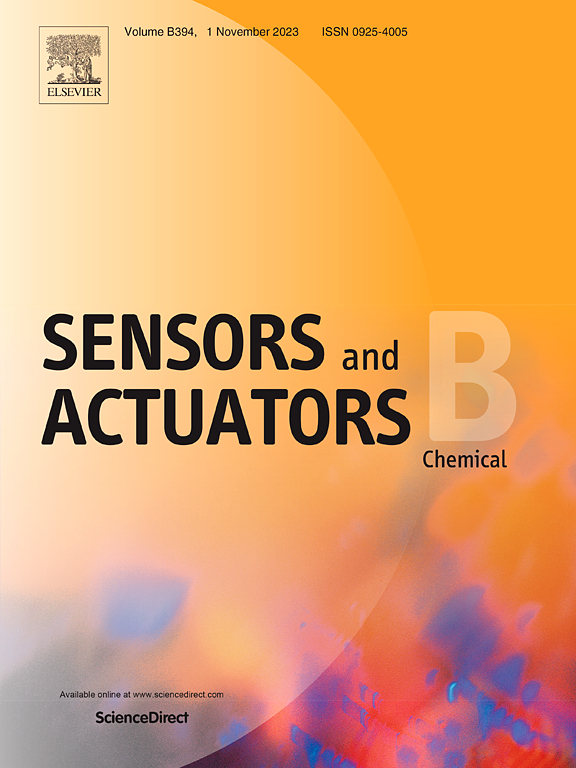Active methane gas imaging and leakage quantification based on standoff TDLAS and pan-tilt units
IF 8
1区 化学
Q1 CHEMISTRY, ANALYTICAL
引用次数: 0
Abstract
Methane (CH4) is the main component of natural gas. Natural gas leakage can cause economic losses and safety hazards, making its accurate detection and quantification a critical issue in the natural gas industry. We developed a non-cooperative target-based, low-cost active standoff gas sensor for imaging and quantifying CH4 leaks. The sensor is developed based on tunable diode laser absorption spectroscopy (TDLAS) to measure the path-integrated concentration of atmospheric CH4. The wavelength modulation spectroscopy with first harmonic normalized second harmonic detection (WMS-2f/1 f) method is applied to reduce the measurement errors caused by the variation of the echo laser intensity. The key to active imaging is a pan-tilt unit integrating the standoff CH4 sensor, a laser rangefinder, and a visible camera. With 2D scanning, CH4 concentration data, ranging data, and pan-tilt angular data are fused to generate a pseudo-color map of CH4 concentration. Further, the CH4 leakage rate is estimated by a mass balance algorithm based on the wind speed data collected by an anemometer. The imaging quality and quantification accuracy were evaluated by targeting calibrated CH4 gas bags and controlled CH4 gas release at different concentrations. The experiments show that the developed sensor can detect CH4 leaks down to 0.1 g/s at 30 m range and quantify leaks with accuracy better than 10 % at 10 m range, which demonstrates its potential for application in the natural gas industry.
求助全文
约1分钟内获得全文
求助全文
来源期刊

Sensors and Actuators B: Chemical
工程技术-电化学
CiteScore
14.60
自引率
11.90%
发文量
1776
审稿时长
3.2 months
期刊介绍:
Sensors & Actuators, B: Chemical is an international journal focused on the research and development of chemical transducers. It covers chemical sensors and biosensors, chemical actuators, and analytical microsystems. The journal is interdisciplinary, aiming to publish original works showcasing substantial advancements beyond the current state of the art in these fields, with practical applicability to solving meaningful analytical problems. Review articles are accepted by invitation from an Editor of the journal.
 求助内容:
求助内容: 应助结果提醒方式:
应助结果提醒方式:


